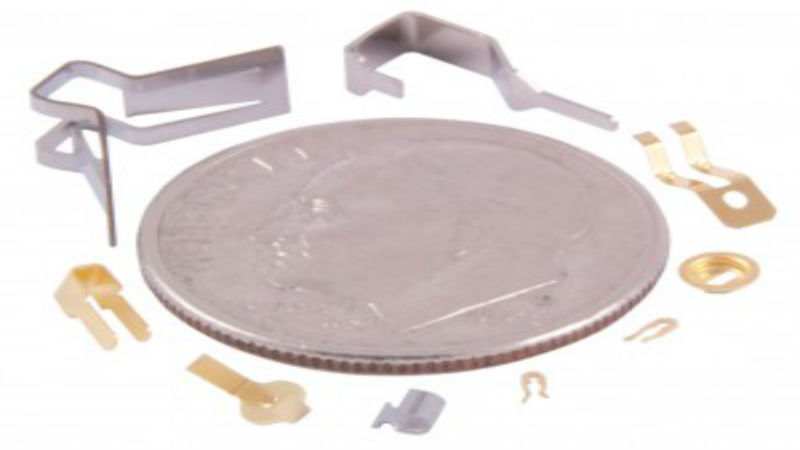There are many different ways to produce parts and components. For small to large parts, stamping, as opposed to extrusion processes or machining, is often a very cost-effective and highly precise option.
There are contract stamping services with decades of expertise in working with standard metals through to exotic alloys. These services use the latest in technology combined with specialized presses and equipment to create precise parts and components to tight tolerances for a range of industries.
The advantages of working with a contract stamping company are well worth considering for any Original Equipment Manufacturer.
Less Waste
The stamping process uses either single or progressive die to shape the alloy or the material. This is done at typical room temperature, which means no heating of the material and no waste through cutting and machining operations.
With less waste, contract stamping services can reduce the cost of production per part. This is particularly important with military and defense; electronic and medical parts and components made from exotic materials or precious metals.
Faster Turnaround Times
Automated equipment with these contract manufacturers allows for even the most complex shapes to be made with extremely limited need for operator involvement. With quick setup times, even with custom die requirements, there is often a much faster turnaround time on orders for small to high volume orders.
Complex Parts
Even with complex parts, progressive die operations on one piece of equipment can quickly produce the precision shapes required. The systems can work with the lighter alloy foils up to sheet metal thicknesses based on the size of press the contract manufacturer uses.
There is one additional feature to consider. The stamping process does not typically require any treatment for the edge of the bend, cut and fold areas of the part, helping to reduce production time and the cost of secondary operations.


